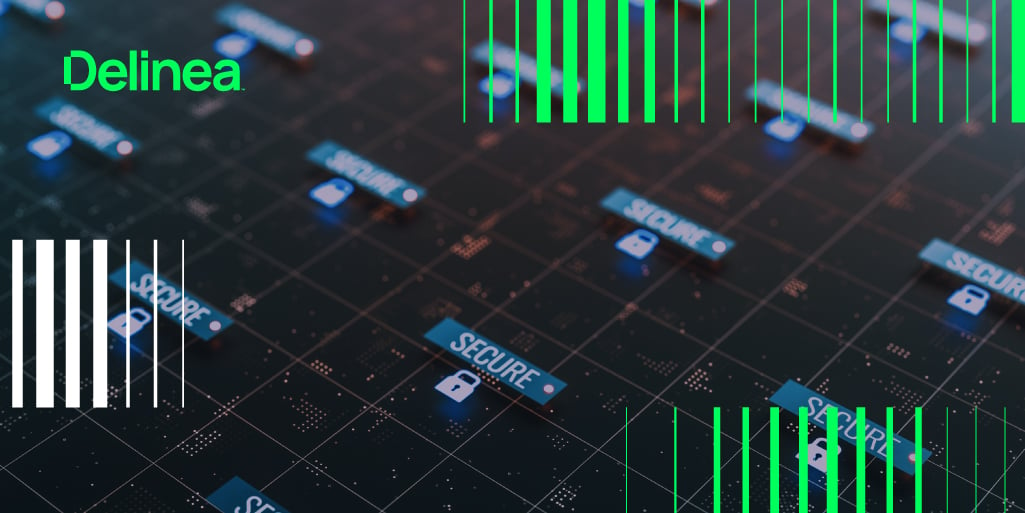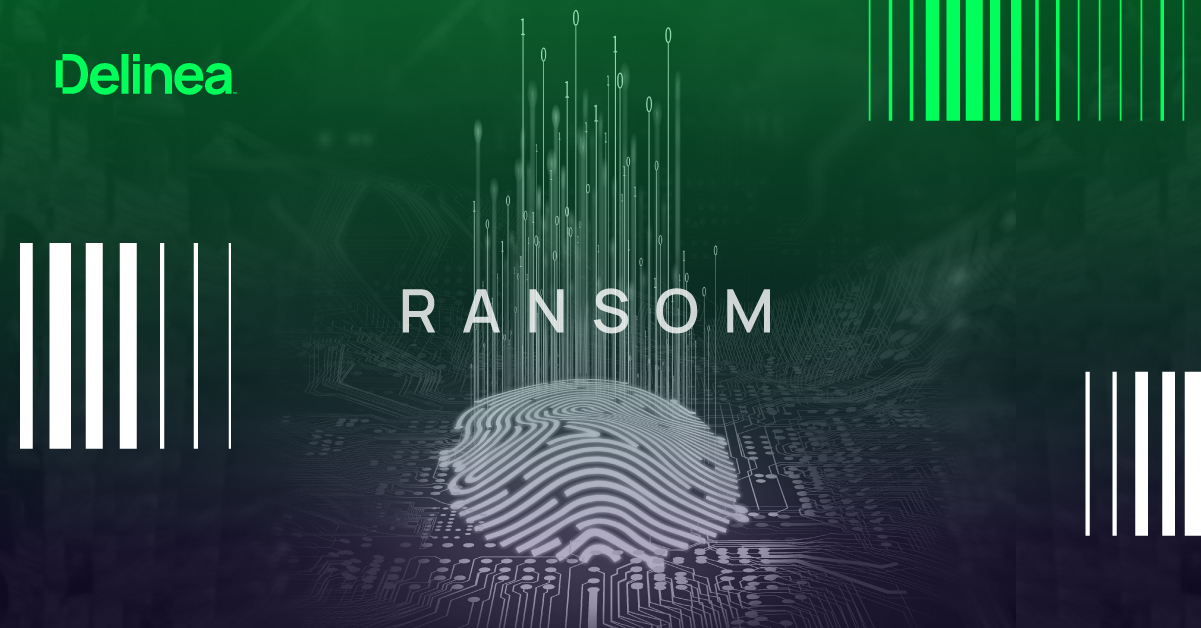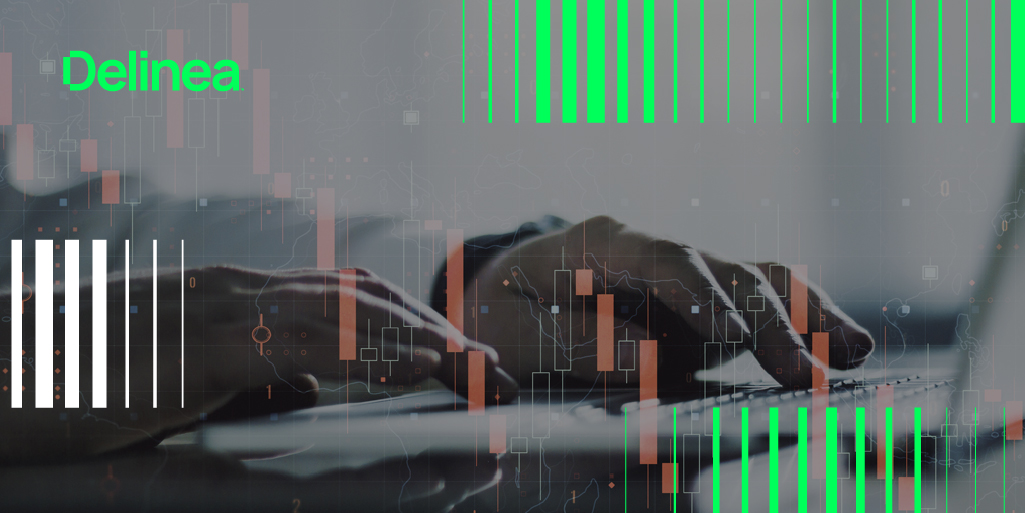4 AI use cases in the fight against ransomware
As artificial intelligence (AI) continues to evolve, its impact on cybersecurity grows more significant – especially in the escalating battle against ransomware. Bad actors are increasingly harnessing the power of AI to conduct their attacks, making these incursions more sophisticated and harder to detect.
However, the same technology that empowers these cybercriminals can also be a formidable tool in the arsenal of corporate IT security teams. New research in Delinea's 2025 State of Ransomware Report reveals that nine out of 10 corporate IT security teams are already leveraging AI to keep pace with this rising threat. For ransomware protection tips, let's dive into four of the ways IT leaders are using AI for threat detection.
1. Automate security operations center workflows
One of the most critical battlegrounds in the fight against ransomware is the Security Operations Center (SOC). SOCs are the nerve centers where incoming threats are monitored, analyzed, and countered. However, today’s SOCs are overwhelmed. Challenges such as staffing shortages, skills gaps, and an overwhelming number of alerts can lead to slower response times and potential oversight of critical threats.
AI technology is being used to alleviate these pressures by automating the initial human analysts to focus on complex threat investigations and decision-making. For instance, AI systems can categorize and prioritize alerts based on their severity and relevance so that analysts can prioritize efforts to address the most critical issues.
Beyond this process automation, more advanced AI models are capable of performing tasks typically reserved for the most experienced threat hunter analysts. For example, the AI models can be applied to conduct in-depth threat analysis and provide actionable recommendations. This speeds up the response times and enhances the overall effectiveness of the SOC team.
2. Analyze indicators of compromise at scale
Indicators of Compromise (IoCs) are pieces of forensic data, such as system log entries or files, that suggest potentially malicious activity on a system or network. AI’s ability to parse massive volumes of data makes it ideal for identifying IOCs from internal and external sources.
Our research shows that 62% of firms are using AI to analyze IoCs. By leveraging AI in this capacity, organizations can more rapidly detect potential threats. The AI systems can sift through the noise to pinpoint actionable information, thereby accelerating the threat detection process. This capability is crucial for preempting ransomware attacks, which require swift action to prevent data encryption, loss, or theft.
3. Enhance phishing prevention
Phishing remains one of the most common ransomware entry points, tricking users into divulging sensitive information or downloading malware. AI is increasingly being used to bolster defenses against these types of attacks, with about half of firms using AI to help prevent phishing. Through the analysis of emails, AI algorithms can detect anomalies that may indicate phishing attempts, such as deviations in the writing style of the sender, unusual sending times, or suspicious links and attachments.
AI can also play a significant role in employee training and awareness programs. By simulating phishing attacks, AI can provide realistic training scenarios and monitor how employees respond. This helps identify areas where additional training is needed and better prepares the workforce to defend against actual phishing attempts.

4. Advancing IAM and PAM capabilities
Identity and Access Management (IAM) and Privileged Access Management (PAM) are critical components of a robust identity security strategy, particularly in preventing and mitigating ransomware attacks. AI is propelling significant advances to these tools, providing capabilities such as automated account provisioning, user access reviews, and role modeling. When performed manually, these tasks are time-consuming and susceptible to human error, which can create security vulnerabilities.
AI-driven IAM and PAM solutions can also aid in session auditing. AI can help monitor user sessions and flag security issues such as unexpected privileged behavior. This can be particularly useful in detecting insider threats or compromised accounts. Additionally, AI can optimize and automatically apply authorization policies, further enhancing security by ensuring only authorized users have access to sensitive systems and data.
Harness AI to stay ahead of ransomware
As ransomware attacks become more frequent and sophisticated, leveraging AI in cybersecurity is no longer an option but a competitive advantage. From enhancing the capabilities of SOC teams to automating critical IAM and PAM functions, AI is playing a pivotal role in shaping the future of ransomware defense and proactively mitigating risk.
Download the Delinea 2025 State of Ransomware Report for deeper insights into current threats and how AI can help fortify your cybersecurity posture.


